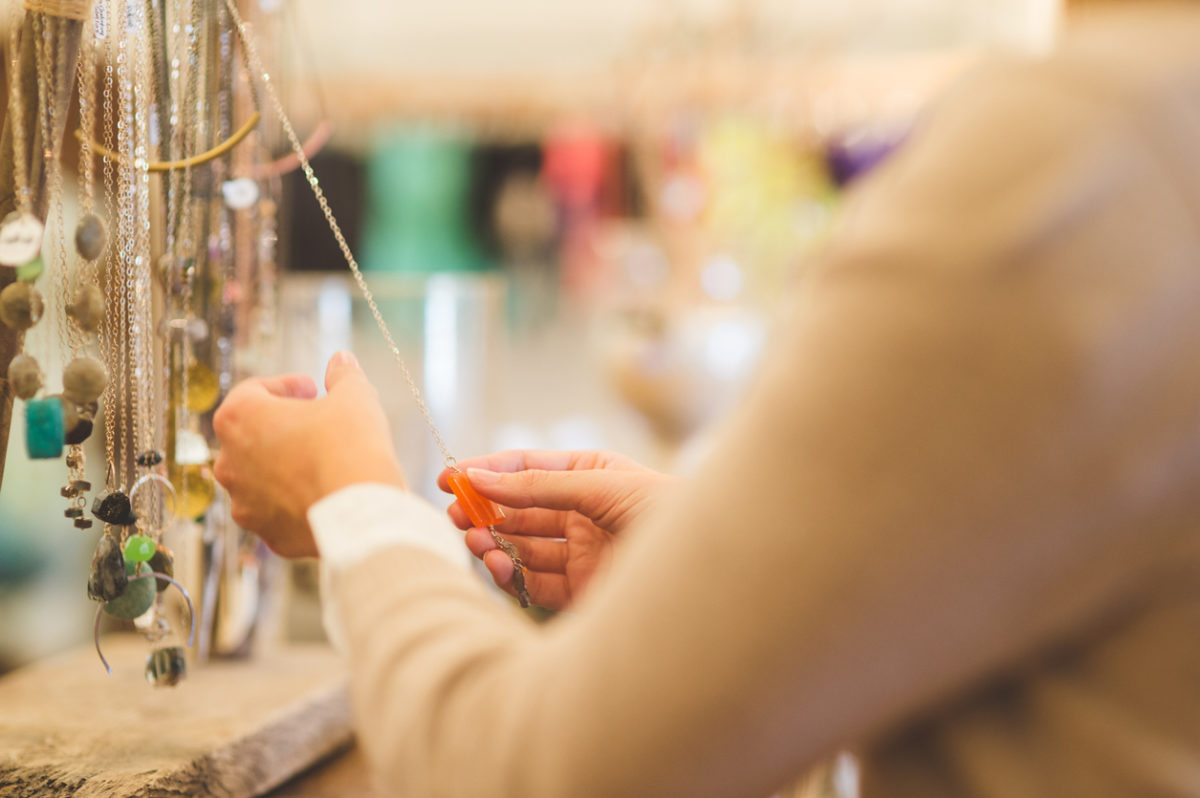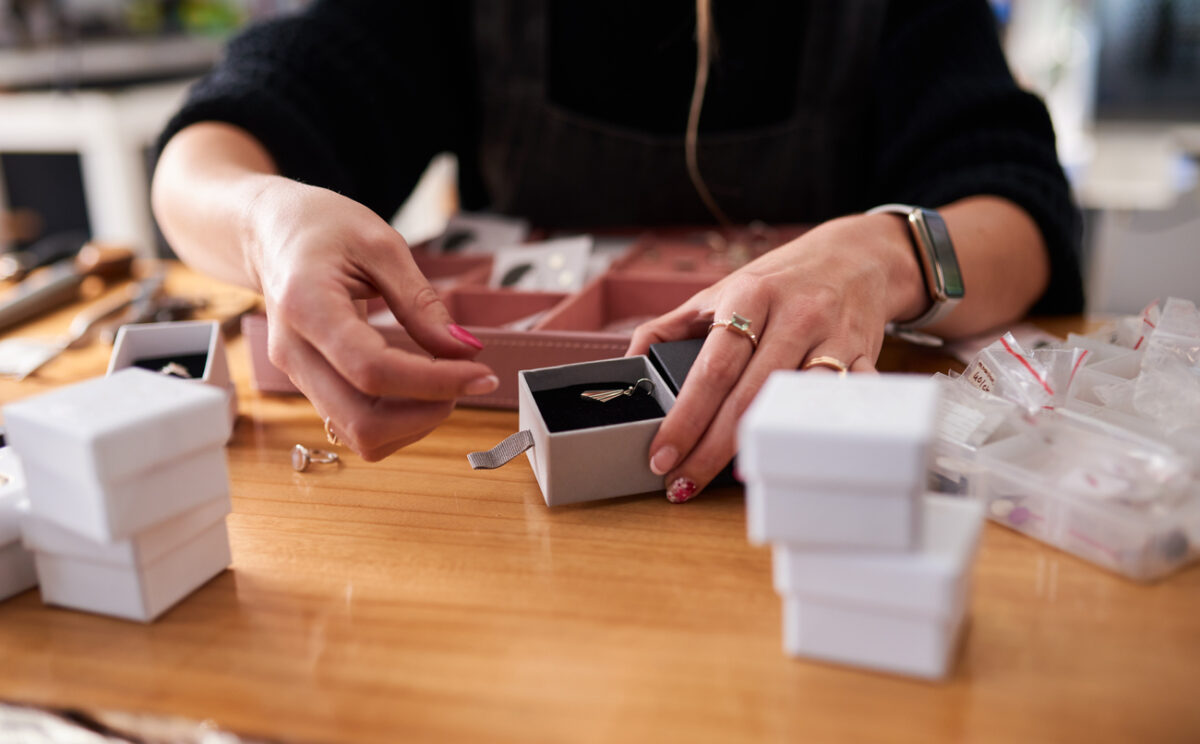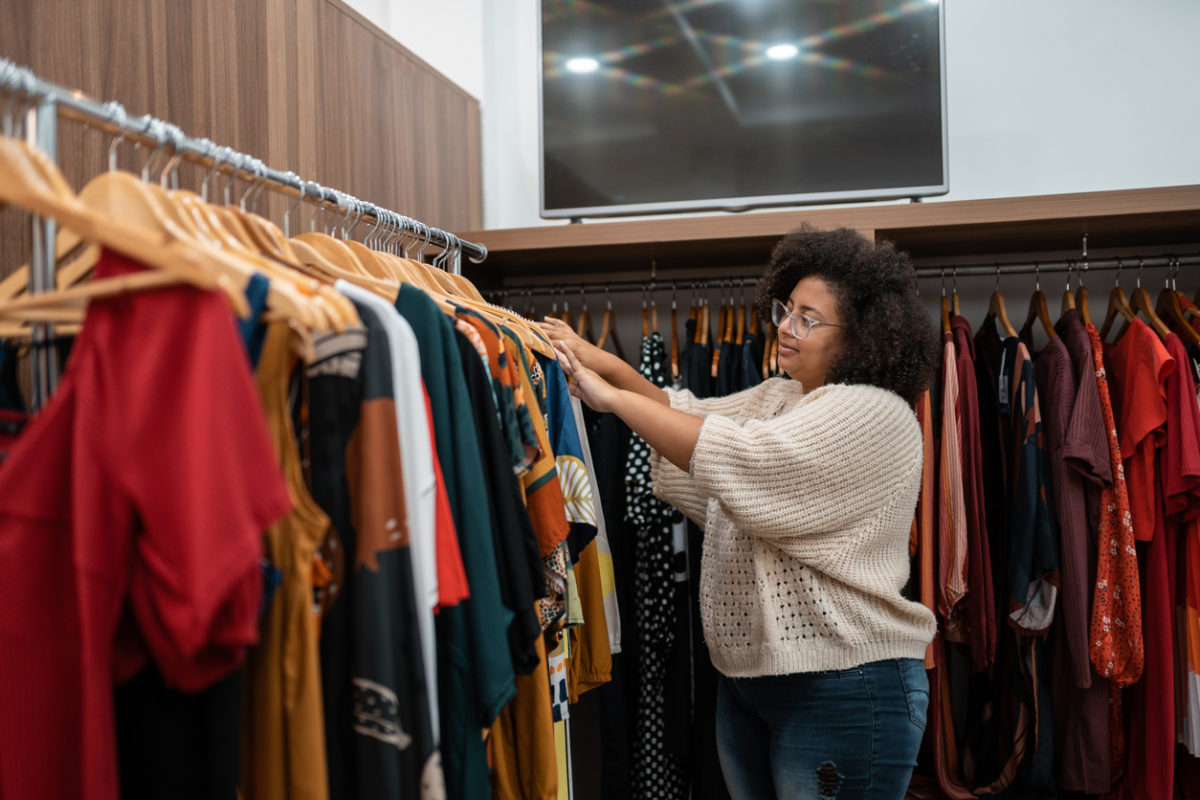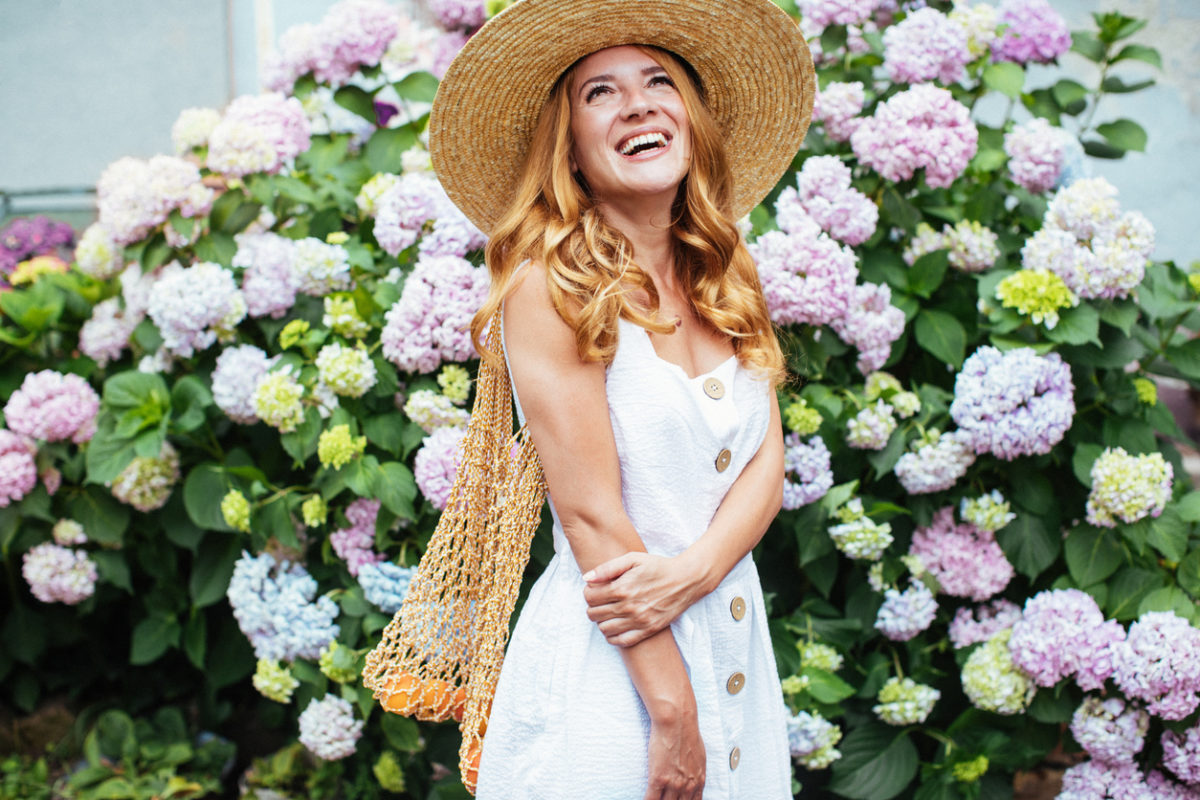Believe it or not, there are many very small boutique design ideas to consider. Here are all the details you need to know.
Designing the layout of your boutique must be done with careful thought and planning. Each space of your boutique serves a purpose, to draw in the customer and give them an enjoyable experience.
Your boutique’s theme and variations of your theme should be apparent throughout. It should all blend from the color scheme and artwork to the furniture. Below are some very small boutique design ideas with a lot of power.
The Entry
When customers enter your boutique, they are leaving one world and stepping into another, your world. Those first few steps into your store will influence your customers in a big way. As they soak in the music, smells, lighting, and overall vibe, they are deciding whether to stay or go, to spend money or not spend money. You want them to stay and spend money.
When designing the entrance, forget about your products, which they will see soon enough. Focus on the customer experience instead. As they enter the new world of your boutique, how will you engage the customer’s senses? What can you do to make customers feel that shopping in your boutique is all about them?
The Layout
Design the layout of your boutique by envisioning customer flow and navigation from when they enter to when they leave. You must plan for a specific layout even if you don’t want a specific layout. That’s right, even “winging it” requires planning.
Most store layouts fall into one of the following types:
- Grid
- Loop
- Free flow
- Mixed
- Diagonal
- Forced path
- Angular
Boutiques typically use a free flow or mixed layout that can quickly and easily adapt for inventory changes, promotions, or seasons.
Use All Spaces
If your boutique is small, you must get creative in how you provide a great customer experience. Don’t just think eye-level shopping. Your store may be small but with tall walls and high ceilings. Use the vertical space to showcase products, share inspirational messages, or for extra storage. Find ways to incorporate your products into the décor.
Using all available space does not mean creating a cluttered, busy environment. You must also avoid making your customers feel crowded. Allow enough room for customers to navigate easily around displays and décor.
Keep It Clean and Organized
Many customers prefer a neat, clean boutique when shopping for new products. Avoid overwhelming customers by displaying too many items for the space. If you hate to clean, invest in a cleaning service to do it for you.
Also, just because you have it in stock doesn’t me you must showcase all of them at once. If you bought fifteen kimonos, display two or three at a time rather than forcing all onto one display rack.
Color coordinating is always a good idea. Customers are immediately drawn to their favorite colors. If you don’t want to organize by color, try grouping items by category, like jeans, pants, tops, jackets, etc.
Pops of Color
A small boutique can look bigger with white- or neutral-colored walls. Adding mirrors gives the illusion of a larger space. While those tips are great, they may feel boring. If so, adding pops of color in unique places will give your customers the wow moment they deserve.
Paint the floor or ceiling with vibrant colors instead of the walls. Create an accent wall that represents your brand. Incorporate color through accent pieces, furniture, dressing rooms, artwork, or display cases.
Now, if your customers are all under 10, add color everywhere. Make your boutique come alive with childlike whimsy.
Unique Displays
Before ordering traditional metal stand-alone display racks that can be bulky and boring, check out all available options today. You will find wall-mounted piping displays, drop-down racks shelves that hang from the ceiling, or something created by a local artisan.
If you enjoy DIY projects and have the talent to upcycle old items for new purposes, make your displays. Stick with your brand or theme without going overboard. For example, if you sell high-end vintage designer clothing, use vintage suitcases to display shoes or handbags. If you sell beachwear, use nautical ropes to hang shelves from the ceiling. If your theme is shabby chic, use natural items in your display. Examples include tree stumps to display shoes or small branches to display jewelry.
Wholesale Items to Include
Buying wholesale for your very small boutique is the best way to get the best profit margins. Most wholesale suppliers offer more than just clothing, allowing you to shop in one place only for most of your products.
No matter your theme, your boutique should carry staple pieces and accessories that elevate how your customer looks and feels. Wholesale suppliers provide a wide range of options to help you do this.
Having a small boutique does not mean you must skimp on products. The best-selling wholesale items include the following:
- Graphic T-shirts in the summer, sweatshirts, or hoodies in the winter
- Blue jeans, varying in rise, color, and style
- Handbags, including wristlets, totes, backpacks, and cross-bodies
- Jewelry, such as trendy necklaces, rings, earrings, and bracelets
- Sunglasses and other eyewear, from clear eyeglasses to readers
- Hair accessories, like headbands, clips, barrettes, and ties
- Kimonos, belts, scarves, and ponchos
- Miscellaneous wholesale items such as socks, face masks, and intimates
Depending on your customer base, you may also want to resell wholesale gifts or toys.
Final Design Tips
Designing your very small boutique is not complete until you choose your lighting to show off your products, signage for announcements, music to set the tone, work or checkout station, and placement of products for impulse buys.
Try to create an environment that is share-worthy on social media. Give customers a great memory instead of a purchase. Most of all, have fun designing your dream boutique. How you feel about your boutique will show up in your design.
Finally, don’t be afraid to ask for help with finding very small boutique design ideas. You can get great feedback from your wholesale supplier, who directly connects with the manufacturer.








No Comments